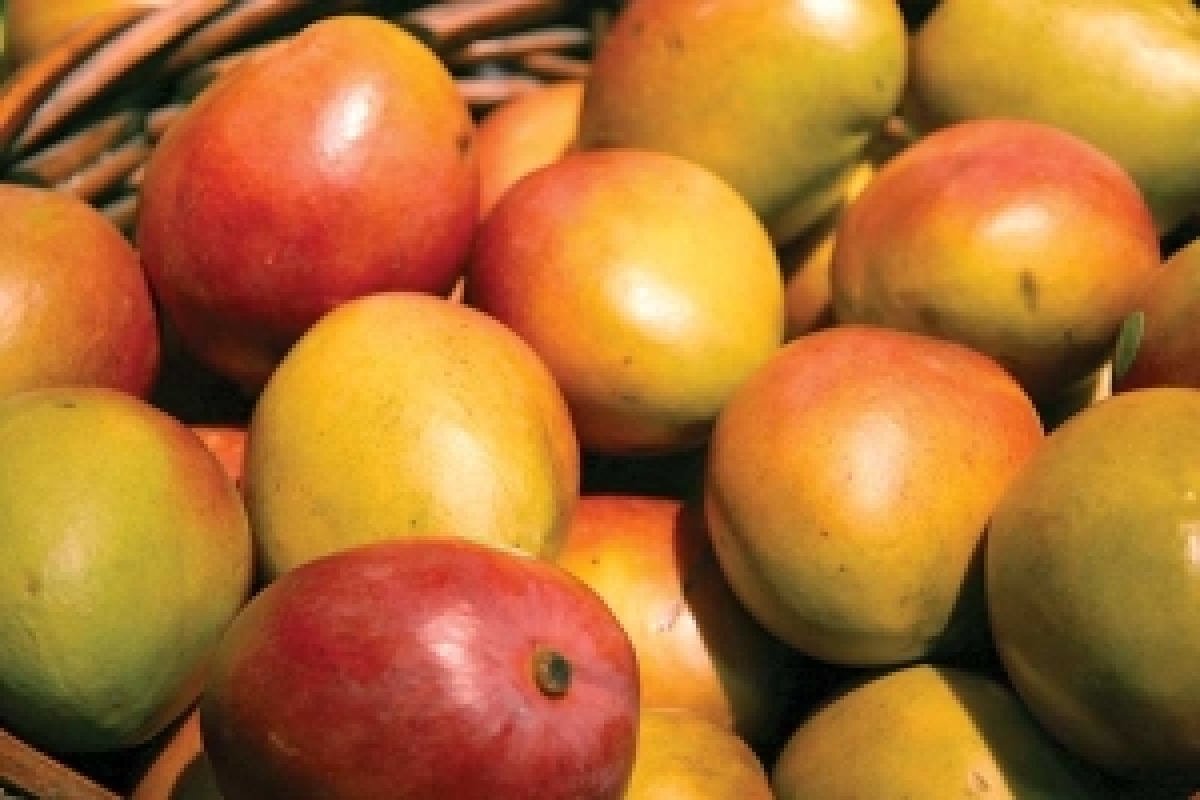Daily Dish the Sonoma Market blog

Much Ado About Mango
Please note that this is an older article. Any products or services pictured or described may have changed or may no longer be available. Thank you for visiting!
Mad about mangos? So are we! Luckily, since mangos have two growing seasons that overlap in various parts of the world, we have practically a year-round supply of this fabulous fruit!
Mad about mangos? So are we! Luckily, since mangos have two growing seasons that overlap in various parts of the world, we have practically a year-round supply of this fabulous fruit!
Depending on the season, you may see different varieties of mangos gracing our produce section. Check out this handy guide to see what makes each one marvelous.
Ataulfo: Sweet and creamy in flavor, this mango has vibrant yellow flesh that is smooth, firm and without fibers. Sourced mainly from Mexico, this small fruit turns a deep golden color and gets small wrinkles as it ripens.
Haden: These medium to large mangos are bright red with hints of green that turn yellow as it ripens. Primarily from Mexico, these tasty fruits have firm flesh with fine fibers and rich, aromatic overtones.
Keitt: These sweet and fruity mangos have firm, juicy flesh with limited fibers. They are dark to medium green (even when ripe), sometimes with a blush of pink. The large most often come from Mexico and the U.S.—watch for California-grown Keitt mangos August through September!
Kent: These dark green mangos often have a dark red blush and yellow undertones that appear as it ripens. Sweet and rich, they have tender, juicy flesh with limited fibers. This large fruit usually comes from Mexico, Ecuador or Peru.
Tommy Atkins: Both sweet and mild, these medium-large mangos have firm, fibrous flesh. Their dark red skin has green and golden accents that don’t usually change with ripeness. These mangos come from many countries including Mexico, Guatemala, Brazil, Ecuador and Peru.
Want to make the most of your mangos? Along with enjoying them fresh on their own, you can also add them to fruit salad, smoothies and more. While many varieties of mango give some visual cues as they ripen, another good way to check for ripeness is to squeeze them gently.